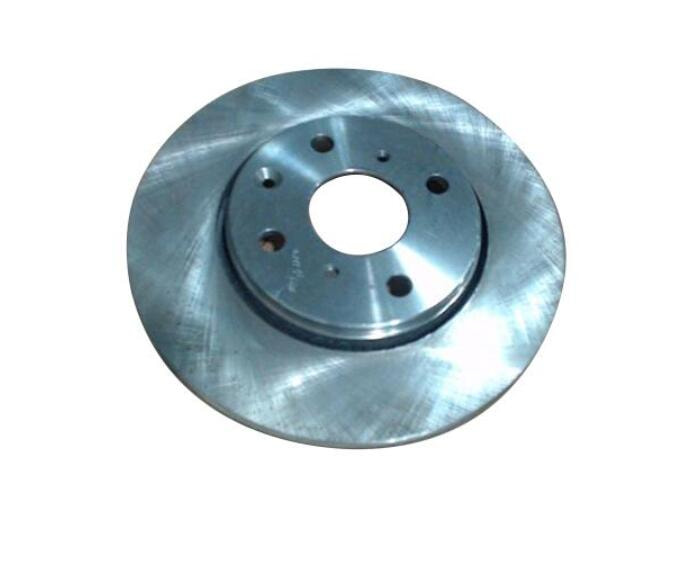The clutch in a car is a fundamental component of manual transmissions, and its primary function is to control the connection between the engine and the wheels. This crucial part allows the driver to shift gears and smoothly transfer power from the engine to the wheels. Understanding how the clutch works is essential for anyone learning to drive a manual transmission vehicle.
Connecting and Disconnecting the Engine: The primary role of the clutch is to connect and disconnect the engine from the transmission. When the car clutch is engaged (i.e., the pedal is not pressed), it connects the engine to the transmission, allowing power to flow from the engine to the wheels. This is what enables the car to move forward when the driver presses the accelerator pedal.
Changing Gears: Shifting gears is one of the main reasons for using the clutch. When the driver presses the clutch pedal, it disengages the clutch, breaking the connection between the engine and the wheels. This interruption in power flow allows the driver to shift gears without causing any damage to the transmission. Once the new gear is selected and the driver releases the clutch pedal, the clutch re-engages, and power is transferred to the wheels in the new gear.
Smooth Acceleration and Deceleration: The clutch also plays a crucial role in providing smooth acceleration and deceleration. When you want to start moving from a standstill, you press the clutch pedal to disconnect the engine from the wheels, allowing you to gradually apply throttle and release the clutch to smoothly engage the engine's power. Similarly, when you want to slow down or come to a stop, you can use the clutch to disconnect the engine from the wheels, preventing the engine from stalling.

Preventing Engine Stall: The clutch is instrumental in preventing the engine from stalling, especially when the vehicle is brought to a complete stop. By disengaging the engine from the wheels (by pressing the clutch), the driver can keep the engine running even when the car is stationary.
Controlling Power Delivery: The clutch gives the driver control over the amount of power delivered to the wheels. When the clutch pedal is partially depressed, it partially disengages the clutch part, providing a degree of slip and allowing the driver to modulate power delivery. This is particularly useful for smooth starts and delicate maneuvers, such as parking.
Extending Transmission Life: Using the clutch appropriately is essential to prevent unnecessary wear and tear on the transmission. It ensures that gear changes are made smoothly and without excessive strain on the transmission components.
Adapting to Different Driving Conditions: The clutch also allows the driver to adapt to different driving conditions. For example, in slippery or icy conditions, the driver can use the clutch to limit the transfer of power to the wheels, reducing the risk of wheel spin and loss of control.
In summary, the clutch in a car serves a vital function by controlling the connection between the engine and the wheels. It enables smooth gear shifts, controls power delivery, and provides the driver with the ability to adapt to various driving conditions. Mastering the use of the clutch is an essential skill for anyone driving a manual transmission vehicle, as it ensures safe and efficient operation of the vehicle.


Comments
Please Join Us to post.
0